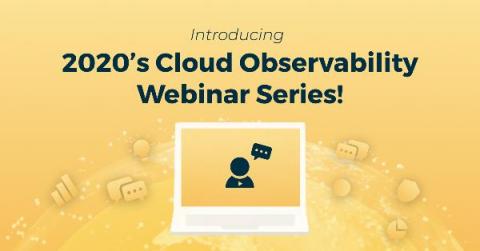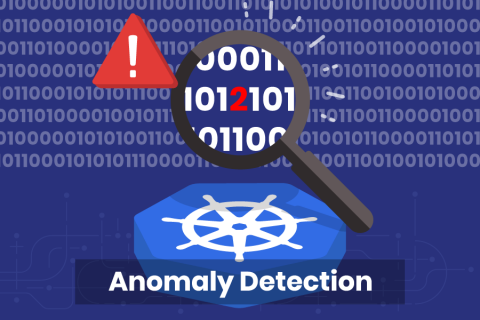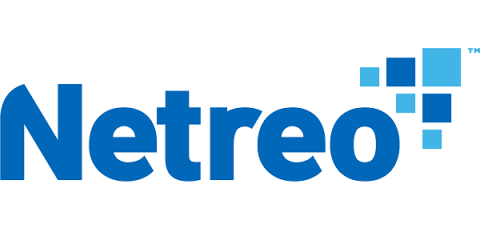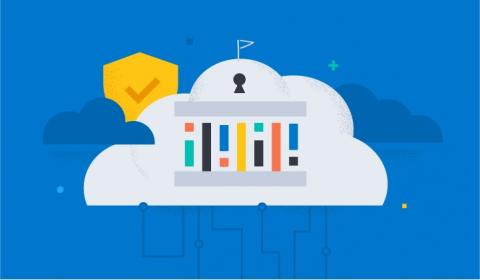Enhancing Kubernetes Security with Pod Security Policies, Part 2
In Part 1 of this series, we demonstrated how to enable PSPs in Rancher, using restricted PSP policy as default. We also showed how this prevented a privileged pod from being admitted to the cluster. Enforcement capabilities of a Pod Security Policy We intentionally omitted particular details about role-based access control (RBAC) and how to link pods with specific PSPs. Let’s move on and dig in more on PSPs.











